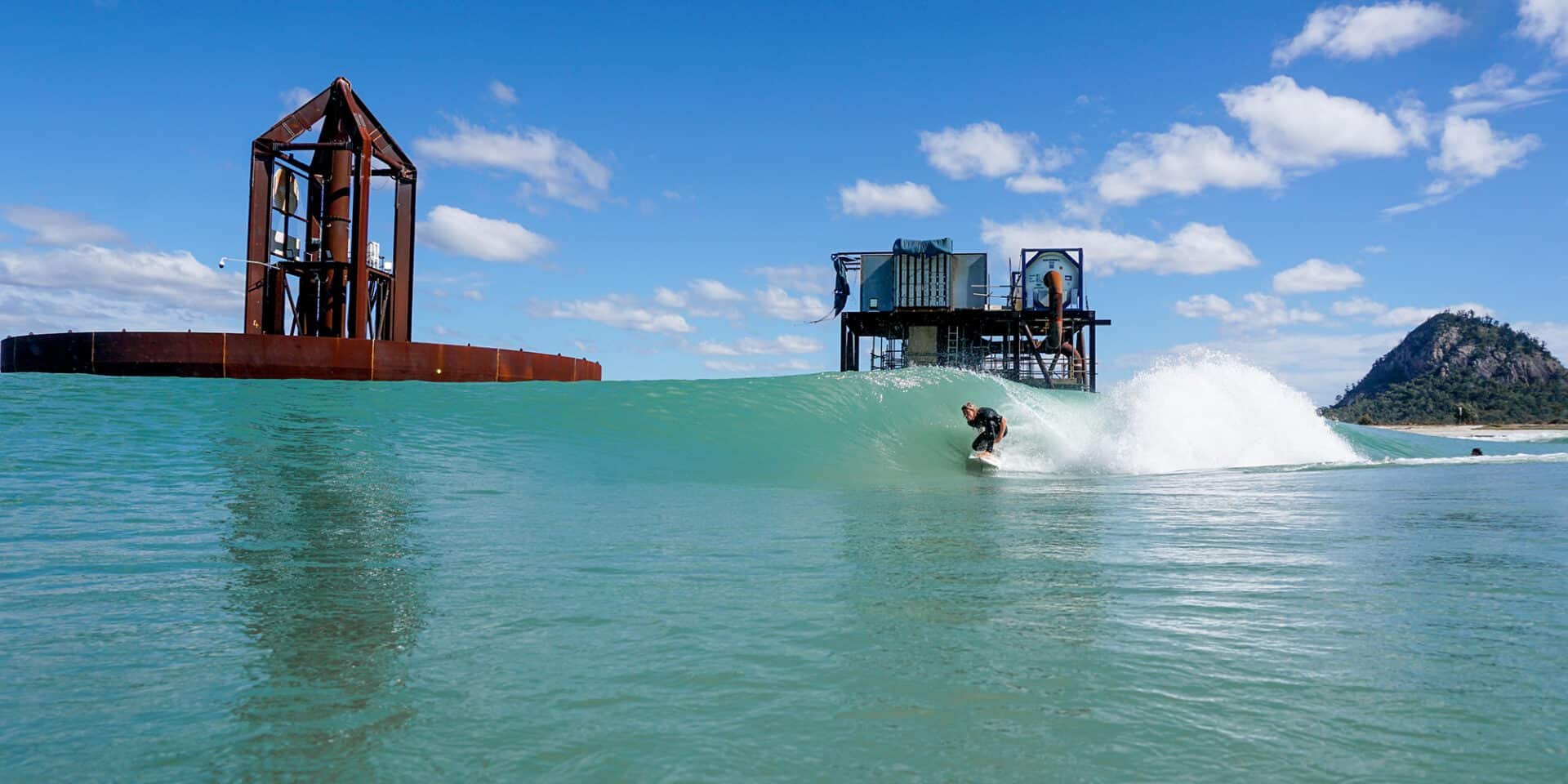Surfing's Evolutionary Saga: Charting the Course of Contemporary Breakthroughs - Part 2
Introduction
As we continue our exploration into surfing's transformative journey, Part 2 of our series dives into the modern innovations that have redefined the boundaries of this beloved sport. These advancements aren't just about technological progression; they represent a shift in how we interact with the ocean, approach surfing as a sport, and preserve our environment. From the precision of computer-aided design to the creation of artificial waves, join us as we navigate the waters of surfing's contemporary evolution.
Computer-Aided Design (CAD) in Surfboards: Shaping the Future
The 1990s marked a digital revolution in surfboard shaping with the advent of Computer-Aided Design (CAD). This breakthrough allowed shapers to experiment with complex shapes and contours, creating surfboards fine-tuned to individual surfing styles and wave conditions. Major brands like Channel Islands, Firewire, and Hayden Shapes leveraged this technology, producing boards that were not only performance-focused but also consistent in quality. CAD reshaped the industry, blending the art of traditional shaping with the precision of modern technology. Today, a surfer can virtually design their dream board and have it brought to life, a process that has democratized custom surfboard design.
Epoxy Resin and Expanded Polystyrene (EPS) Foam: Revolutionizing Surfboard Materials
In the realm of surfboard materials, the 2000s saw a significant shift towards sustainability with the introduction of epoxy resin and Expanded Polystyrene (EPS) foam. Epoxy boards are not only more durable and lighter but also less harmful to the environment. The reduced toxic impact of epoxy resin compared to traditional polyester resin represented a major step forward in sustainable surfboard manufacturing, aligning with the growing environmental consciousness within the surfing community. This shift has inspired a new wave of eco-friendly innovations in surf gear, contributing to the sport's sustainable future.
High-Performance Surf Clothing: More Than Just Fashion
The evolution of surf clothing has been integral to the sport's progress. Today's high-performance surfwear, utilizing advanced materials and designs, offers enhanced flexibility, durability, and protection against the elements. This clothing revolution has not only improved the physical aspect of surfing but also bolstered safety and confidence in the water. Brands have emerged that specialize in surfwear, each contributing to a dynamic market where style meets functionality, and every piece of clothing is a testament to the sport's ongoing innovation.
GPS-Enabled Surf Watches: A New Wave of Technology
The introduction of GPS-enabled surf watches has brought a new dimension to surfing's interaction with technology. These watches, going beyond mere timekeeping, provide valuable data on wave count, surfing duration, and sea conditions, offering insights that help surfers track their progress and understand their interaction with the ocean. This technology has become a staple for both amateur and professional surfers, allowing for a data-driven approach to surfing that was once impossible.
Wave Pools and Artificial Waves: Surfing Beyond the Sea
The creation of wave pools and artificial waves has been one of the most exciting developments in surfing. Offering consistent and customizable waves, these facilities have made surfing accessible in landlocked locations, breaking geographical barriers. Pioneers in wave pool technology have enabled year-round training, event hosting, and the democratization of surfing, ensuring that the joy of riding a wave is not limited to coastal areas. This technology has also opened new avenues for scientific research, from wave dynamics to surfboard design.
Surf Forecasting Websites and Apps: The Digital Surf Guru
The rise of surf forecasting websites and apps has fundamentally changed how surfers engage with the sport. Providing real-time data on wave conditions, tides, and weather, these digital tools have become indispensable for planning surf sessions. However, they also emphasize the importance of traditional knowledge and the skill of reading the ocean, a critical aspect of surfing that technology can complement but not replace.
Conclusion
As we conclude this two-part series, it's clear that the innovations in surfing extend beyond mere technical advancements; they are a reflection of the sport's evolving soul. These modern developments have not only enhanced the physical experience of surfing but have also fostered a deeper connection with the ocean and a stronger commitment to environmental stewardship. As we embrace these innovations, we continue to write new chapters in the ever-evolving story of surfing.






